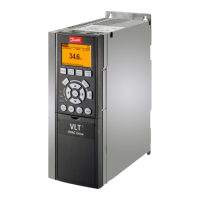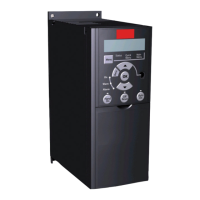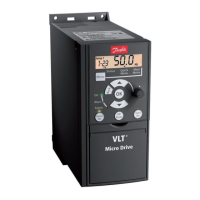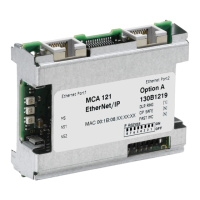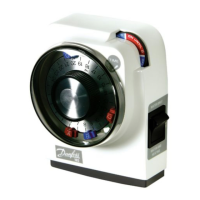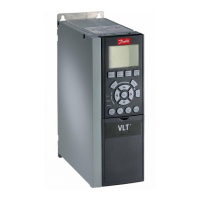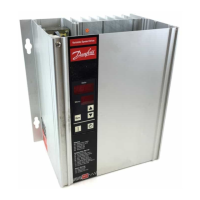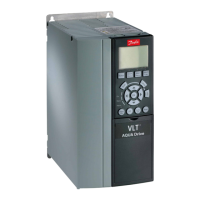5.1.3 Class 1 connection
I/O connection using TCP transport. Maximum one Class 1
connection is supported by the EtherNet/IP option, but
several listen only connection can be established if
multicast is selected as Transport type. This type of
connection is used for cyclic I/O and Change-Of-State
connections. The connection is established with a Forward
Open command, containing the following information:
Transport Type:
Specified for both directions:
- Originator-to-Target / Target-to-Originator.
- Point to Point
- Multicast (Target-to-Originator only)
Data Size:
Specified (in bytes) for both directions: Originator ->
Target / Target -> Originator.
The data-size depends on the assembly-instance chosen in:
Destination.
Instances (decimal) Data Size
Originator →Target Target →Originator
20, 21, 100 70, 71, 150 4 bytes
101 151 8 bytes
103 153 20 bytes
Packet Rate:
Specified (in milliseconds) for both directions: Originator ->
Target / Target -> Originator.
Minimum packet rate supported: 1 ms
Production Inhibit Timeout:
Specifies (in milliseconds) the timeout-time for both
directions.
Trigger:
Selects the transport trigger type:
- Cyclic (Data is transmitted based on API)
- Change Of State (Data is transmitted on Change
of State only. COS-filters are set-up in par. 12-38
COS Filters)
Connection Points
Specified for both directions: Originator -> Target / Target -
> Originator.
Profile
(8-10 Control Word
Profile)
Direction Connection Points
(decimal)
ODVA
Originator →Target
20, 21
Target →Originator
70, 71
FC
Originator →Target
100, 101, 103
Target →Originator
150, 151, 153
5.1.4 Class 3 connection
Cyclic connection using UDP transport.
Maximum 6 Class 3 connections are supported.
This type of connection is used for explicit messaging. The
connection is established with a Forward Open command,
containing the following information:
Connection Name:
Given name for the connection
Message Parameters
- Service Code
- Class
- Instance
- Attribute
- Member
- Request Data
5.1.5
Unconnected Messages, UCMM
Non-cyclic (single) connection using TCP transport.
This type of connection is used for explicit messaging. The
connection is established on-the-fly and does not require
any Forward Open command.
Message Parameters
- Service Code
- Class
- Instance
- Attribute
- Member
- Request Data
Please refer to section Appendix for information on
accessing CIP objects explicitly.
5.1.6
Control Word Profile
The Control profile is selected in 8-10 Control Word Profile
- ODVA; gives access to the ODVA specific profiles
and assembly instances: 20, 21, 70 and 71
- FC; enables the Danfoss profile and assembly
instances: 100, 101, 103, 150, 151 and 153
For more information on the different profiles, please refer
to the subsequent sections.
How to Control MCA 121 EtherNet/IP
18 MG.90.J3.02 - VLT
®
is a registered Danfoss trademark
55
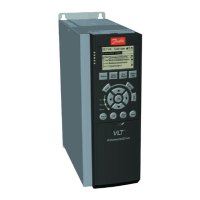
